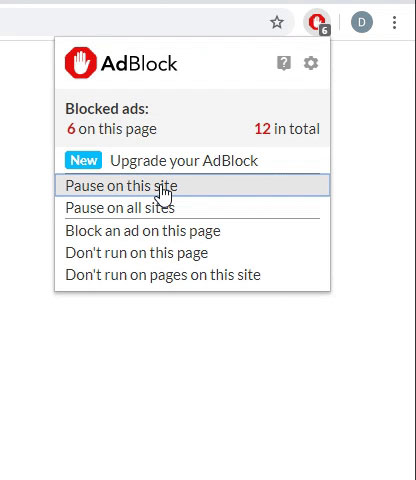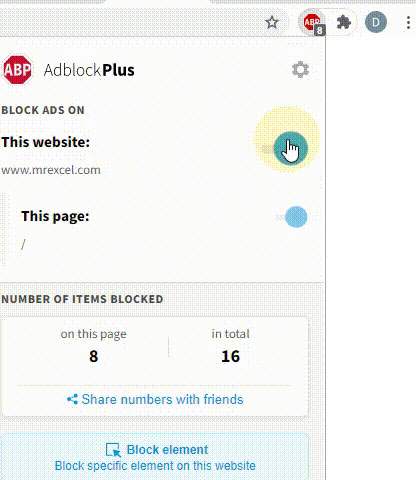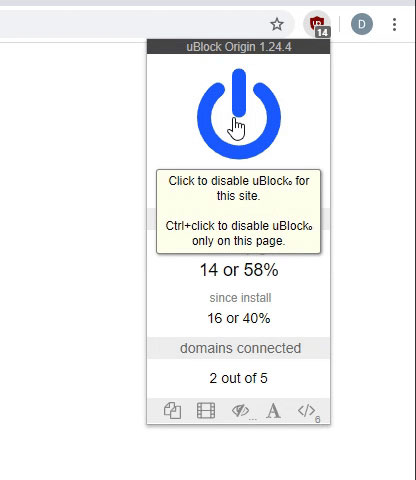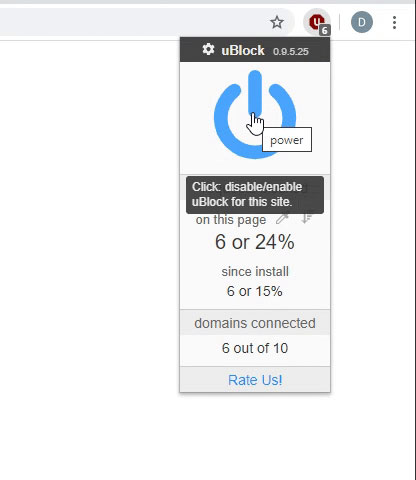Hi!
I've got a query almost all worked out.
I'm trying to replace the "Source=Folder" to reference a cell (in my case Cell C3 that I have named "FilePath") rather than a specific file path but I'm getting an error.
This is what I found on another thread, but it's not working for me. Please note that these two lines are replacing one that looks like this:
Source = Folder.Files("C:\Users\MyFiles\Desktop\MyClient\Feb Reports")
The error I'm getting is
Expression.Error: We cannot convert the value null to type Text.
Details
Value =
Type=[Type]
Looks like the rest of the code is just the columns I deleted or edited so I don't think that's important for this, but any help on how to resolve would be much appreciated!!
I've got a query almost all worked out.
I'm trying to replace the "Source=Folder" to reference a cell (in my case Cell C3 that I have named "FilePath") rather than a specific file path but I'm getting an error.
This is what I found on another thread, but it's not working for me. Please note that these two lines are replacing one that looks like this:
Source = Folder.Files("C:\Users\MyFiles\Desktop\MyClient\Feb Reports")
The error I'm getting is
Expression.Error: We cannot convert the value null to type Text.
Details
Value =
Type=[Type]
Code:
let
FilePath = Excel.CurrentWorkbook(){[Name="FilePath"]}[Content]{0}[Column1],
Source = Excel.Workbook(File.Contents(FilePath), null, true),Looks like the rest of the code is just the columns I deleted or edited so I don't think that's important for this, but any help on how to resolve would be much appreciated!!





